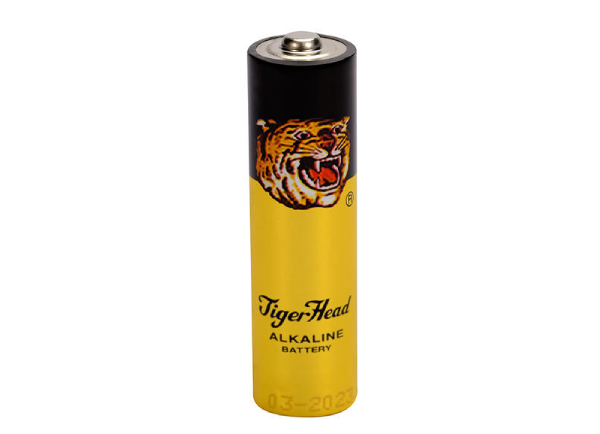Introduction to basic knowledge of Alkaline battery.
Zinc-manganese paste battery-such as R20S, this type of battery generally uses low-activity positive electrode materials such as manganese dioxide, the separator is a paste layer, and the negative electrode zinc cylinder is both the battery container and the negative electrode active material . The characteristic is that the battery capacity is low, and it is easy to leak at the end of use, but the price is cheap.
High-capacity battery cardboard batteries-such as R6C, R20C, etc., this type of battery replaces the paste layer with pulp layer paper, increases the amount of positive active powder loaded, and significantly improves the battery capacity. It is suitable for small current discharge mode, usually called C-type battery or ammonium-type cardboard battery.
High-power cardboard batteries-such as R6p and R20p. Electrolytic manganese dioxide is mostly used as the cathode material for this type of battery. The electrolyte is mainly zinc chloride, and the battery capacity is greatly improved compared with the previous two. It has good leakage resistance and is suitable for high-current continuous discharge. It is usually called p-type or zinc-type cardboard battery.

High-energy Alkaline battery----such as LR6, LR03, etc., this type of battery uses special electrolytic manganese dioxide as the positive electrode material, the negative electrode is granular zinc powder, the electrolyte uses potassium hydroxide solution, and the battery shell is a nickel-plated steel shell. The battery capacity is 3-7 times that of an ordinary battery of the same size, and it can be continuously discharged at a large current. It has the characteristics of good leakage resistance. It is the Alkaline battery with the best performance in all aspects.
So-called shelf life means that the battery product is guaranteed to meet the performance indicators specified by the relevant standards within the specified period or within the promised period. The battery has more or less self-discharge during storage and loses its capacity. Therefore, the battery standard stipulates the allowable range of performance indicators. For example, after 12 months of storage, the capacity of Alkaline battery should not drop more than 20%; the capacity of Alkaline battery should not drop more than 10%.






